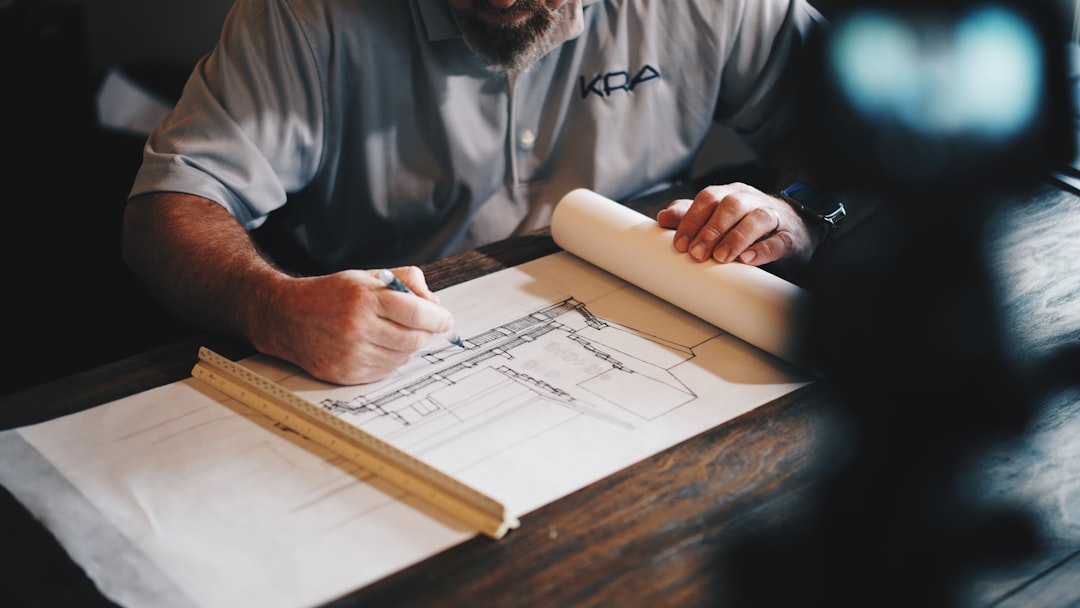Achieving an Ideal Health-Wealth-Relationship Condition for All-Class City Dwellers
Vaastu Shastra, the ancient Indian science of architecture and design, has intrigued and guided people for centuries. Rooted in principles that aim to harmonize living spaces with natural forces, Vaastu offers guidelines for creating environments that promote well-being, prosperity, and happiness. However, in today's world of scientific inquiry and modern environmental challenges, there is a growing debate: Is Vaastu Shastra a scientific fact or merely an ancient belief system?
Need of the Hour..,
1. Bridging Ancient Wisdom with Modern Science
Understanding whether Vaastu Shastra aligns with scientific principles helps energetic space seekers bridge ancient wisdom with modern knowledge. It allows for a balanced approach that respects tradition while integrating contemporary understanding of environmental influences on health and well-being.
2. Addressing Current Environmental Aggressions
Modern homes are exposed to various environmental aggressions such as EMF (electromagnetic fields), allergens, infrared radiation, sound pollution, and dirty electricity. These factors can impact health and disrupt energy balance within living spaces. Understanding Vaastu in light of these aggressions helps in creating homes that mitigate their negative effects.
3. Creating Synchronicity between Human and Environmental Energies
The concept of synchronicity suggests that humans and their environments influence each other reciprocally. Vaastu Shastra, with its principles like the Vaastu Purusha Mandala, aims to harmonize human energies with cosmic energies present in the environment. Understanding this relationship aids in creating environments that support holistic well-being.
4. Making Informed Decisions
Energetic space seekers can make informed decisions about their living spaces when they understand the scientific basis, if any, of Vaastu Shastra. This knowledge empowers them to implement changes that are not only based on ancient wisdom but also on current scientific understanding.

Vaastu Shastra is often viewed through two lenses: as a traditional belief system deeply rooted in cultural practices and as a set of guidelines that may or may not align with scientific principles. While many of its principles are based on observations of natural phenomena and their effects on human life, scientific validation in controlled studies is limited.
Scientific Insights and Vaastu Principles
Radiesthesia and Geopathy: Vaastu principles often consider subtle energies and their impact on health and well-being. Radiesthesia, the study of energy fields, and geopathy, the study of earth energies, are areas of interest that intersect with Vaastu concepts.
Modern Environmental Aggressions: Contemporary challenges like EMF radiation, allergens, and other forms of environmental pollution can affect human health. Integrating Vaastu principles with strategies to mitigate these aggressions ensures a holistic approach to home design.
Synchronicity and Environment: The idea that our surroundings reflect and influence our inner state is central to Vaastu. Creating homes that resonate positively with human energies involves aligning physical spaces with psychological and emotional well-being.
Understanding the scientific underpinnings of Vaastu Shastra allows seekers to create holistic living environments. Homes designed with consideration for both ancient wisdom and modern scientific insights promote health, wealth, and harmonious relationships. By integrating Vaastu principles with knowledge of modern environmental aggressions, homeowners can mitigate risks to health posed by factors like EMF radiation and indoor pollutants. This proactive approach supports long-term well-being. Living in a home that balances Vaastu principles with scientific understanding enhances overall quality of life. It fosters a supportive environment that nurtures physical health, mental clarity, emotional balance, and spiritual harmony. Respecting cultural traditions while adapting to modern living conditions demonstrates a nuanced approach to home design. It honors heritage while addressing contemporary challenges faced by urban dwellers.

Simple Steps To Implement This…
1. Consult with Qualified Professionals
Seek advice from qualified Vaastu consultants who understand both traditional principles and modern environmental factors. Collaborate with experts in fields like environmental science and architecture to create balanced home designs.
2. Conduct Comprehensive Assessments
Evaluate homes for potential environmental risks such as EMF radiation, allergens, and indoor pollutants. Use tools and techniques to measure these factors and identify areas that require mitigation.
3. Prioritize Health and Well-being
Prioritize adjustments that promote health and well-being while aligning with Vaastu principles. This may include optimizing furniture placement, selecting building materials wisely, and enhancing natural light and ventilation.
4. Foster Open Communication
Facilitate open communication between Vaastu consultants, interior designers, architects, and homeowners. Encourage discussions that integrate diverse perspectives to achieve a cohesive and effective home design.
5. Adaptation to Modern Lifestyles
Adapt Vaastu principles to suit modern lifestyles and functional needs. Balance cultural authenticity with practicality to create spaces that are both meaningful and relevant in today's context.

Things We Should Avoid…
Neglecting to integrate Vaastu principles with modern scientific insights may lead to missed opportunities for enhancing well-being. Homes may not provide the intended support for health, prosperity, and harmonious relationships. Exposure to environmental aggressions without mitigation strategies can increase health risks for occupants. Issues such as poor indoor air quality, EMF sensitivity, and psychological stress may arise from unbalanced home environments. Failure to align home design with Vaastu principles and environmental considerations can disrupt energy flow within living spaces. This imbalance may manifest as physical discomfort, emotional unrest, and reduced productivity. Disregarding cultural wisdom embedded in Vaastu Shastra risks cultural disconnect and undermines the potential benefits of harmonizing human energies with environmental influences. Homes that do not integrate Vaastu principles with modern scientific insights may provide suboptimal living conditions. This can impact overall happiness, productivity, and satisfaction with the living environment.
Understanding whether Vaastu Shastra is a scientific fact or an ancient belief system is crucial for creating homes that support ideal health, wealth, and relationship conditions for middle-class city dwellers. By bridging ancient wisdom with modern environmental sciences, energetic space seekers can achieve holistic living environments that enhance well-being and prosperity. Integrating Vaastu principles with strategies to mitigate modern environmental aggressions ensures a balanced approach to home design. Implementing these insights fosters open communication, prioritizes health and well-being, respects cultural heritage, and adapts to modern lifestyles. Neglecting these considerations may result in missed opportunities for well-being, increased health risks, disrupted energy flow, cultural disconnect, and suboptimal living conditions. Embracing a harmonious blend of tradition and modernity in home design supports a balanced and fulfilling life for homeowners and their families.